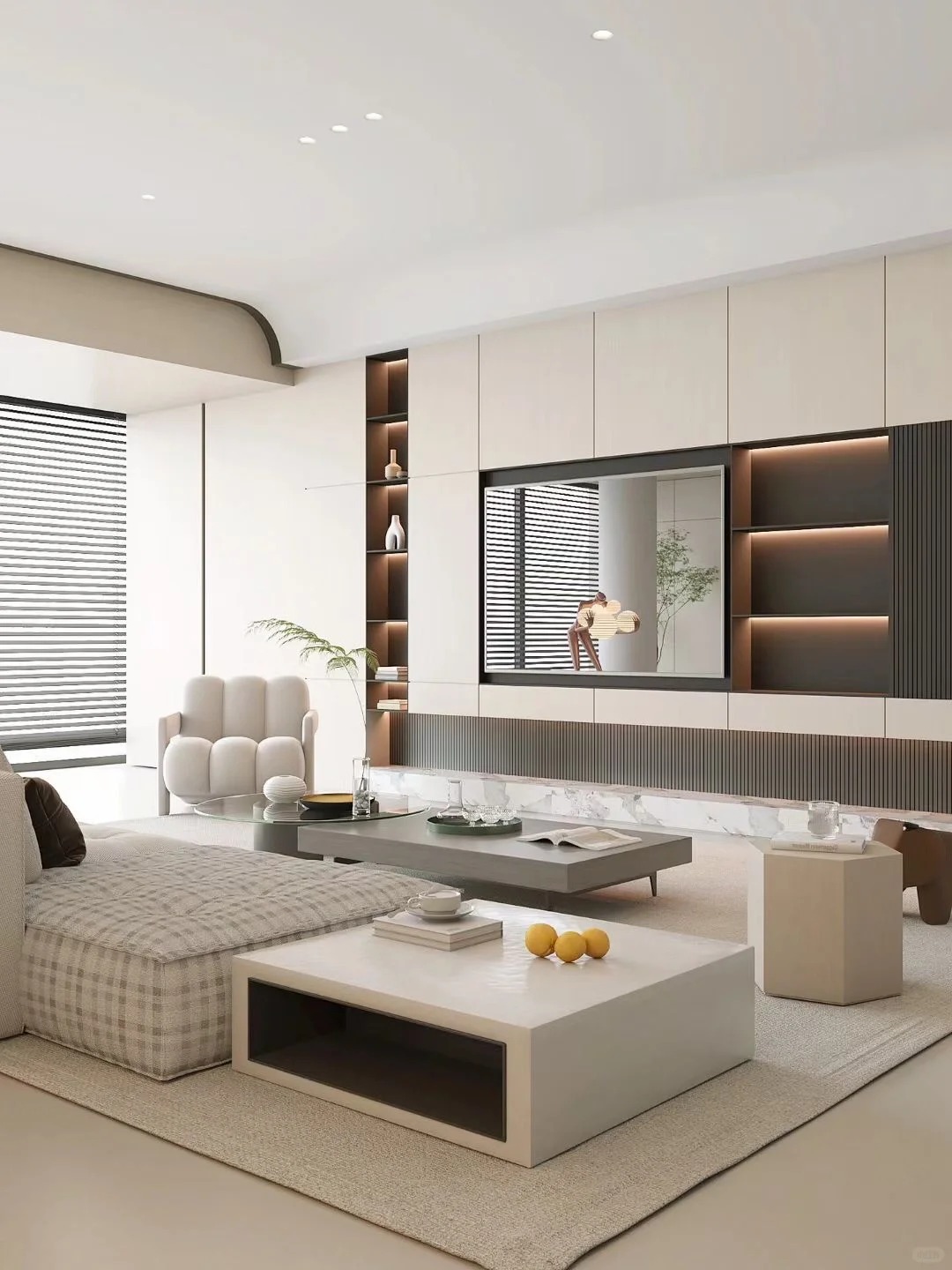1. Regional Climate Diversity and the Selection of Doors & Windows The African continent is vast, featuring tropical rainforests, arid deserts, coastal plains, and plateau mountains. The significant climatic differences among countries directly influence the diversification in selecting doors & windows. For instance, the hot and dry Mediterranean coastal areas of North Africa require windows and doors with high thermal insulation and dust resistance. In the perennially hot and humid regions of Sub-Saharan Central and West Africa, moisture and corrosion resistance are particularly critical for impact windows and doors. In contrast, the cool and well-ventilated plateau areas of East Africa place greater emphasis on the natural ventilation performance of doors & windows. 2. Mainstream Materials and Structures for Doors & Windows in Africa Aluminum Alloy Doors & Windows: Widely popular due to their excellent weather resistance, flexible design, and elegant appearance. They are suitable for dry, hot, and coastal areas, offering good corrosion and wind resistance, making them a common choice for impact windows and doors. UPVC (Plastic Steel) Doors & Windows: Known for outstanding sound and thermal insulation capabilities, suitable for urban residential and office buildings focused on energy conservation. Commonly used in rapidly urbanizing regions of North and Southeast Africa, they represent a type of windows and doors in terms of energy efficiency. Wooden Doors & Windows: Typically found in rainy forest areas with small temperature variations, offering a unique style but requiring high maintenance costs. Steel Doors & Windows: Prioritize safety and are often used in communities or industrial parks with high security requirements, constituting a category of impact windows and doors. Energy-Efficient Multi-Layer Insulated Glass Doors & Windows: Focused on improving energy efficiency and comfort, gradually gaining popularity in the mid-to-high-end market, representing windows and doors. 3. Applicability Design and Localized Innovation African countries emphasize suitability in the design of doors & windows. For example, in areas with extreme climates, double-glazed structures are commonly used to enhance insulation, creating windows and doors. In regions heavily affected by sandstorms, the sealing of door frames and dust strip designs are particularly tight. Coastal areas opt for anti-salt-spray corrosion profiles to extend the service life of doors & windows. Companies from various countries actively promote localized innovation, such as introducing quickly disassembled and ventilated doors & windows in East Africa for easy maintenance; West Africa is vigorously developing products that meet energy-saving and environmental standards, responding to government policy calls. 4. Energy Conservation and Sustainable Development Trends The selection of doors & windows heavily emphasizes energy saving, emission reduction, and sustainability. In recent years, many African countries have introduced green building regulations encouraging the use of eco-friendly materials and high-performance products. Some countries, like South Africa and Morocco, have implemented tax reductions or subsidies for energy-efficient doors & windows. Under the circular economy concept, the adoption rates of recycled aluminum materials and sustainable wood are increasing, driving the development of windows and doors. 5. Challenges and Prospects Despite strong demand, numerous challenges remain, such as unstable raw material supply, inconsistent standard systems, and a shortage of skilled labor. The varying quality of some low-priced products in the market affects the overall industry image. However, with the gradual improvement of local industrial chains, deepening international cooperation, and strengthened industry standards, the African doors & windows market continues to develop towards specialization, high-end, and green directions. The future application of impact windows and doors and windows and doors is promising. 6. Summary Overall, the African doors & windows industry has broad prospects. Each country needs to flexibly choose diversified, intelligent, and green doors & windows products based on its unique climate and cultural needs. Continuous technological innovation and the cultivation of local talent will empower the African construction industry to advance towards new heights in sustainable development. In this process, impact windows and doors and windows and doors that meet specific demands will play a crucial role.




